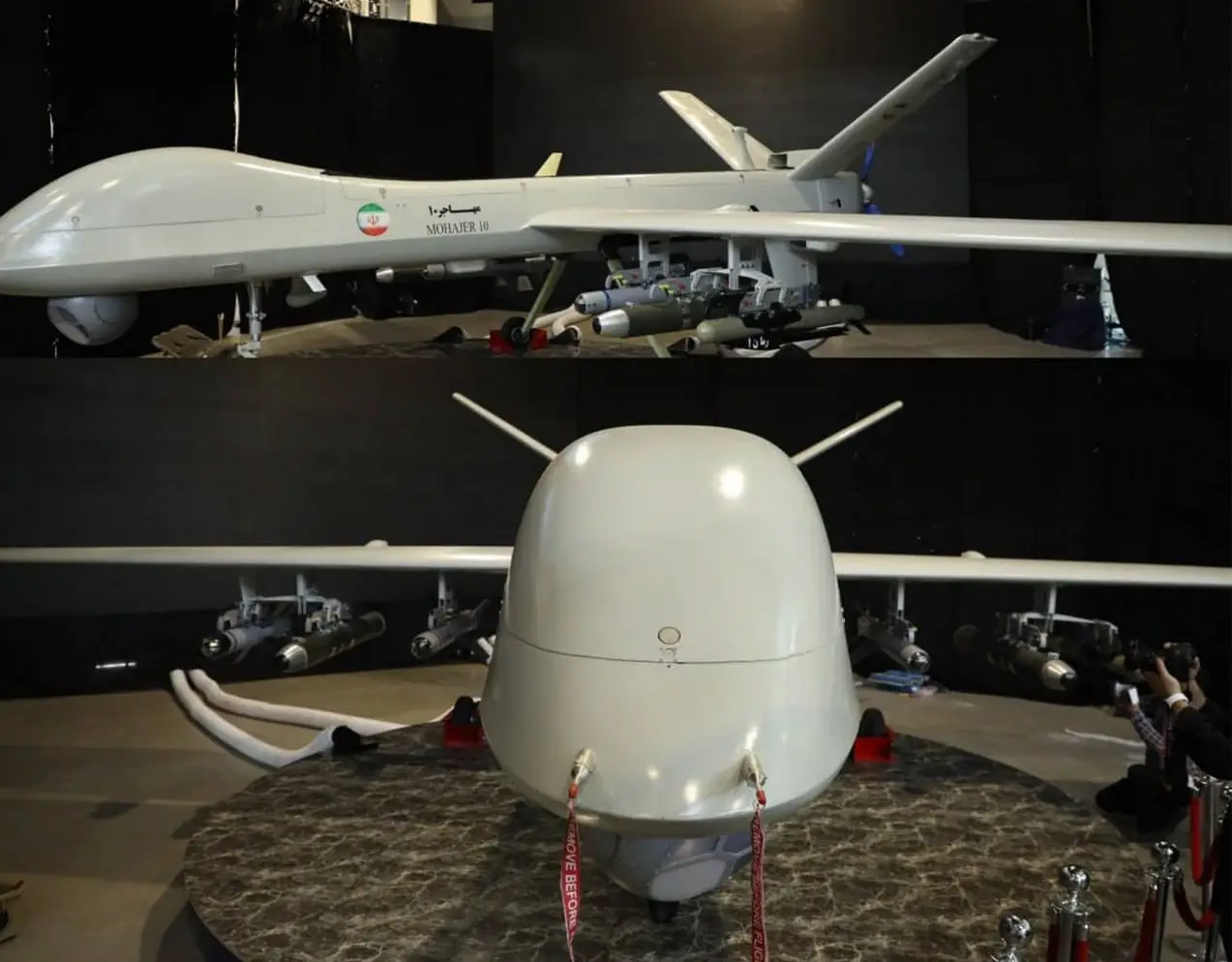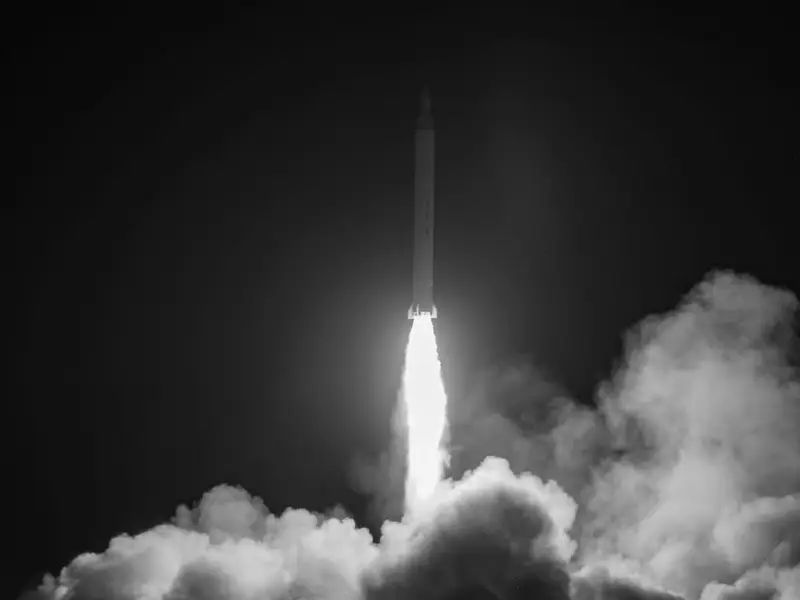The Soraya Satellite is one of Iran's significant achievements in the field of space technology, developed to enhance the nation's capabilities in communication, reconnaissance, and research. This satellite is part of Iran's space program aimed at strengthening its space infrastructure and advancing its capabilities in communication and reconnaissance.
Key Features and Applications
Operational Orbit
- The Soraya Satellite operates in a Low Earth Orbit (LEO), suitable for communication and reconnaissance missions.
Launch
- The satellite was successfully launched using the Qaem 100 satellite carrier. This solid-fuel launcher is capable of deploying satellites into various altitudes.
Applications
- Reconnaissance and Monitoring: Designed to collect environmental data and monitor climate changes and natural resources.
- Crisis Management: Plays a critical role in monitoring natural disasters and providing real-time information during emergencies.
- Communication: Enhances communication networks in remote and crisis-prone areas.
- Military Objectives: Likely equipped with surveillance and intelligence-gathering capabilities to support defense missions.
Related Developments
Collaboration
- The project likely involved partnerships between Iran’s Space Organization, defense industries, and national scientific elites.
Localization
- All stages of design, manufacturing, and launch were completed domestically, showcasing advancements in indigenous space technology.
Strategic Impacts of the Soraya Satellite
Space Autonomy
- This satellite is part of Iran’s strategy to reduce reliance on foreign technologies and bolster self-reliance in the space domain.
Enhanced Deterrence
- By improving the ability to gather intelligence and monitor regional activities, Soraya strengthens Iran's defensive deterrence.
International Collaboration
- The success of this project elevates Iran's status among spacefaring nations and could pave the way for scientific and industrial partnerships globally.
Primary Objectives
- Advancing Iran's space technology in communication, reconnaissance, and remote sensing.
- Supporting scientific research and applications in both military and civilian domains.
Technical Specifications
Type of Satellite
- A multi-purpose satellite designed for diverse applications, including communication, monitoring, and disaster management.
Weight and Size
- Exact details about its weight and dimensions are not publicly disclosed but are estimated to fall within the small to medium satellite category.
Operational Orbit
- Positioned in an orbit designed for broad geographic coverage and accurate data transmission, likely LEO (Low Earth Orbit) or MEO (Medium Earth Orbit).
Satellite Carrier
- Launched using the Qaem 100 satellite carrier, an indigenous rocket capable of deploying satellites into different orbits.
Applications
- Communication: Ensures stable communications in emergencies and remote areas.
- Reconnaissance: Equipped for imaging and remote sensing for environmental and resource monitoring.
- Disaster Management: Tracks and assesses natural disasters like floods, earthquakes, and wildfires.
- Security: Assists in surveillance and intelligence missions.
Iran’s Space Technology Advancements
The Soraya Satellite represents a milestone in Iran's pursuit of space technology independence. As part of Iran’s long-term vision, it aims to build robust space infrastructure and capabilities.
Strategic Significance
- Amid sanctions and international restrictions, the development and launch of this satellite underscore the resilience and progress of Iran's indigenous technologies.
Collaboration
- Likely a result of cooperation between Iran’s Space Organization and the defense sector.
Future Outlook
The launch of the Soraya Satellite marks a step forward in Iran's broader ambitions to expand its space presence. Future plans likely include developing and launching more advanced satellites capable of reaching higher orbits and performing more complex missions.
Technical Features Supporting Operations
Imaging and Remote Sensing Systems
- Equipped with advanced cameras for high-resolution earth imaging.
- Utilizes multispectral sensors for environmental and resource data analysis.
Communication Systems
- Features advanced technology for real-time data transmission.
Orbital Stability and Energy Systems
- Incorporates control systems for maintaining orbital stability and adjusting viewing angles.
- Solar panels provide energy for long-duration missions.
Operational Overview
- After deployment, the Soraya Satellite performs tasks based on pre-programmed instructions.
- Data collected is transmitted to ground stations for processing and analysis.
- If necessary, the satellite can adjust its angle and position to fulfill specific mission requirements.
Conclusion
The Soraya Satellite is instrumental in enhancing Iran’s space capabilities, aiding in better resource management, threat assessment, and support for military and civilian needs. This satellite is a significant step forward in advancing Iran’s space industry and achieving technological independence.













